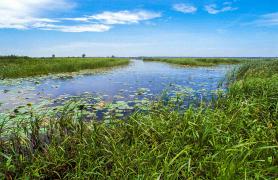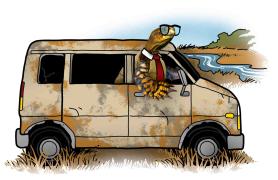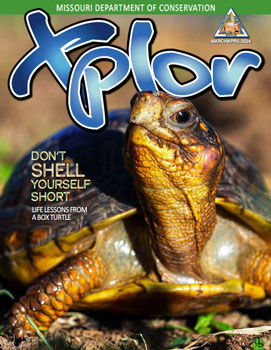Your guide to all the unusual, unique, and unbelievable stuff that goes on in nature.
Double-crested cormorants often use small rocks to build the walls of their ground nests. If a stone tumbles into the center of the nest, the parents usually take care of it as if it were one of their eggs.
Most fish get oxygen from water using gills. But eyetail bowfins can also gulp air at the surface. A bowfin’s swim bladder works like a lung, which helps the fish survive in oxygen-scarce water or even on land for a few days.
Four peas in a pod: Nine-banded armadillos nearly always give birth to four — no fewer, no more — identical babies, either all boys or all girls. It takes a couple of months for baby ʼdillos to grow the armor that adults possess.
A long line at the restroom isn’t a problem for pillbugs because, well, they don’t pee. Most animals urinate to get rid of wastes that contain ammonia. Pillbugs get rid of ammonia by releasing it as a gas through tiny holes in their shells.
Babies on board: Mama crayfish glue hundreds of eggs to the underside of their tail flippers. Even after the eggs hatch, the baby mudbugs continue to cling to mom for several weeks.
Paintbrush are the pirate plants of the prairie. Their roots tap into nearby plants to steal water and nutrients. Because of this, plants growing near paintbrush are sometimes shorter than those growing farther away.
American woodcocks can fly 30 miles per hour for short bursts. But during courtship displays, the chubby birds clock some of the slowest flight speeds ever recorded, about 4 miles per hour.
Also In This Issue

Join Xplor for a guided tour of wet, wild, and wonderful wetlands.

Motivational messages from a three-toed box turtle.
And More...
This Issue's Staff
Photographer – Noppadol Paothong
Photographer – David Stonner
Designer – Marci Porter
Art Director – Cliff White
Editor – Matt Seek
Subscriptions – Marcia Hale
Magazine Manager – Stephanie Thurber






















